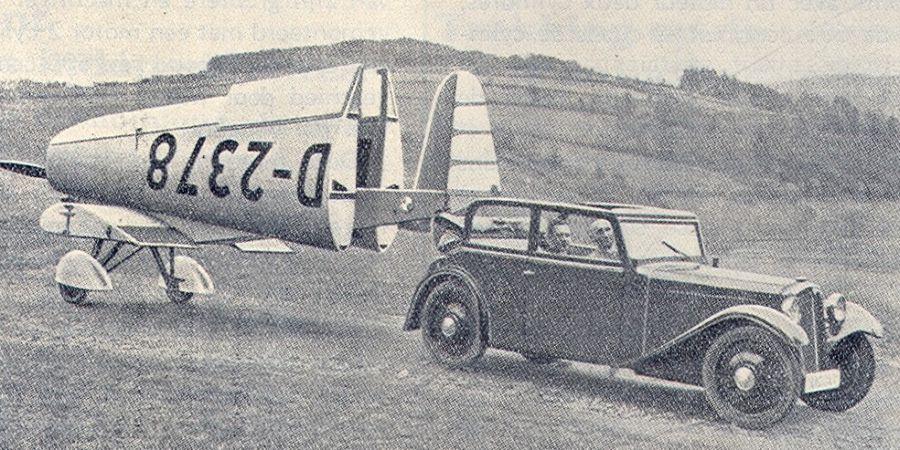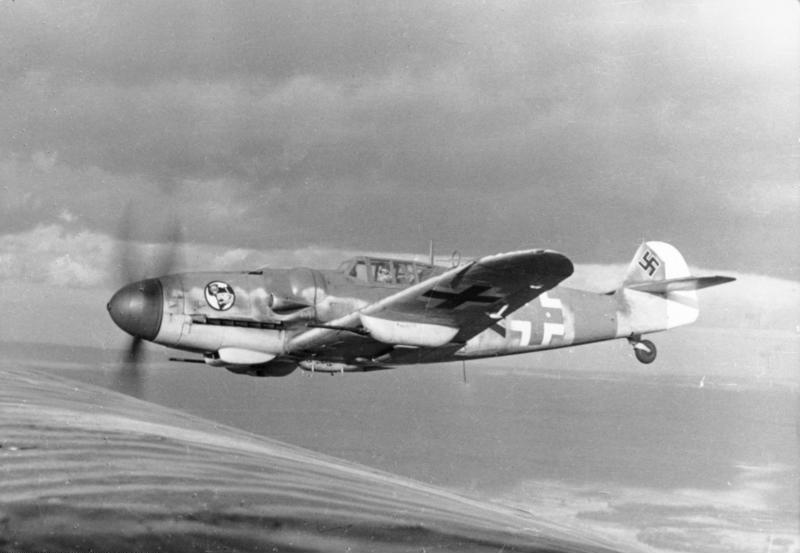Leipzig
Leipzig-Mockau, Leipzig-Heiterblick
As one of nine children, Franz Xaver Mehr was born on the family farm between Wangen and Lindau. He began his training as an engineer at the Technikum Konstanz and built a self-designed monoplane with five-cylinder rotary engine in his parents' barn. In January 1916 he took his flight pilot exam at the flight school of Gustav Otto in Munich. In the First World War, he worked as a draftsman in an aircraft factory. After the end of the war he graduated in Konstanz and founded in Wielandsweiler near Tettnang the Hain & Mehr GmbH, Electrical Installation Office, Engines & Agricultural Machinery, as under the terms of the Treaty of Versailles, aircraft construction in the German Empire of the Weimar Republic was initially completely prohibited , With several like-minded people he founded end of 1926 the glider local group Wangen, for which he designed several school gliders.
From 1929 he designed in Lindau in Lake Constance the aircraft Me 1 "Maschinchen" with 10 m span and a length of 6.15 meters, with the DKW engine supplied by Zschopauer Motorenwerke J. S. Rasmussen (from 1932 part of Auto Union). The air-cooled two-cylinder two-stroke boxer engine type TL 500 with 9 kW (12 hp) power came from the DKW main plant in Zschopau. The wings were removable and could be stored along the fuselage, so that the machine could be transported with less than two meters width on the road. In March 1930, the Me 1 lstarted on the airfield Friedrichshafen-Löwental for the first flight. Later, the Me 1 was equipped with the stronger U2 engine (15/20 hp) of Ursinus, which was actually intended for the Me 2, which was not built due to lack of funds. The Me 3 with an air-cooled DKW parallel Twin was tested in 1931 in Friedrichshafen. The Mehr Flugzeugbau Meckenbeuren built the Friedrichshafen Me 4, an training and performance glider, which is tested at Easter 1932. From the same year Mehr cooperated with the Auto Union and transported its motor aircraft as "DKW Erla" to the place Erla in the Erzgebirge, where the machines at Nestler & Breitfeld GmbH should be produced, while the abbreviation Me was retained. Nestler & Breitfeld was already taken over by Rasmussen's Zschopauer Motorenwerke in the 1920s.
After the seizure of power of the National Socialists, he developed between 1933 and 1934 from the Friedrichshafen Me 4 the motor glider Me 4a (also referred to in the press as Me 5), which was equipped with a 10 kW (14 hp) drive, but lack of interest on the part of Reichswehr a single piece remained. In 1934, Mehr introduced the single-seat low-wing Erla Me 5A with a more powerful 20 kW water-cooled DKW two-cylinder two-stroke FL 600 engine. The manufacturing company was now named Erla Maschinenwer








